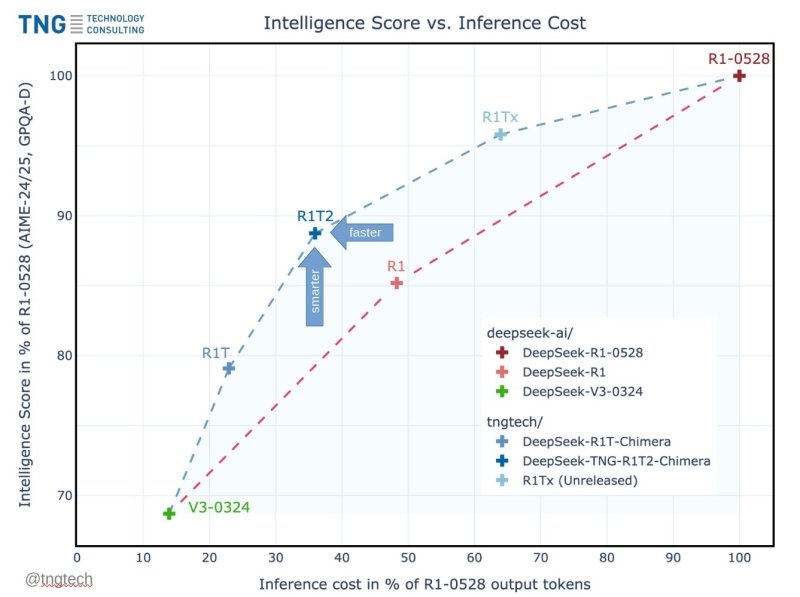
Globally, the transition to IPv6 is advancing steadily, with 34% of networks now IPv6-capable. Not all IPv6-capable networks are using it by default; though: Capability means the system can use IPv6 — not that it prefers it.
Still, the direction is clear. Countries like Vietnam (60% of networks IPv6-capable), Japan (58%), and Thailand (50%) show how IPv6 has moved from aspiration to infrastructure.
For ISPs, switching to IPv6 isn’t just technical, it’s rewiring networks, replacing customer gear, and staying ahead of rising IPv4 costs. in return, ISPs can reduce their dependence on increasingly scarce and expensive IPv4 addresses. With features like stateless address configuration and the elimination of NAT, IPv6 simplifies network management and cuts operational overhead for the ISPs and enterprise IPv6 users.
Many governments in the region — including India, China, and Malaysia — have bolstered this movement through policy mandates. Still, managing dual-stack systems and ensuring seamless user connectivity across both protocols continues to test operational agility.
Content Delivery Networks (CDNs), too, are riding the IPv6 wave. These infrastructure backbones, essential in a geographically vast region like Asia Pacific, benefit from improved routing and address availability, and can provide access to websites hosted on IPv4-only servers over IPv6 networks.
The ecosystem powering IPv6
Hardware makers sit at the heart of this shift as demand for IPv6-ready devices from routers and switches to smartphones and IoT sensors soars. However, the challenge remains: ensuring backward compatibility while phasing out older, IPv4-only equipment without disrupting user experience.




















